Home » Kicking Malaria out of Kenya
![]() (108k) Kicking Malaria out of Kenya
(108k) Kicking Malaria out of Kenya
Community Health Volunteers Create the Vital Link Between the Community and Service Providers in the Fight Against Malaria
“If members of the community are aware of the simple steps to take, malaria will drastically reduce.” -Benedict Juma, Community Health Volunteer, MCSP
Bungoma, Kenya—Ann Walela coos lovingly at her six-month-old son, Daniel. “He is my miracle,” says the 31-year-old mother. After suffering four consecutive miscarriages due to malaria-related complications, Walela had lost all hope of ever having another child. “My husband and I were devastated and the miscarriages put a lot of pressure on our marriage,” she says.
When Walela learned she was pregnant again, she felt joy and fear in equal measure. She was hopeful about the possibility of giving her only child a brother or sister, but worried that she would lose the baby yet again. But then she met Benedict Juma, one of 382 community health volunteers (CHVs) working with the United States Agency for International Development's flagship Maternal and Child Survival Program (MCSP) in Bungoma County, Western Kenya. MCSP, which is led by Jhpiego, is working in Kenya and 24 other countries to end preventable maternal and child deaths.
The Net Effect
Juma advised Walela on the importance of sleeping under an insecticide-treated mosquito net and referred her for an antenatal visit at the nearby Mechimeru Model Health Facility. During her first visit at eight weeks, Walela was given a mosquito net and was shown how to use it. In subsequent visits, from the 16th week of pregnancy and leading up to delivery, she received seven doses of intermittent preventive treatment in pregnancy (IPTp) with sulfadoxine-pyrimethamine to prevent malaria. At the hospital, Walela also received additional advice on how to prevent malaria and seek treatment for herself and her family. She described her pregnancy as unlike any other she had had: “It was such a beautiful pregnancy. Apart from fatigue and the usual nausea, I had no complications at all.”
Globally, approximately 584,000 deaths were attributed to malaria in 2013. Of these, 90 percent occurred in sub-Saharan Africa. Bungoma County, Kenya, is in the high malaria transmission Lake Region, and has a malaria prevalence rate of 38 percent. The disease is the leading cause of death among children and illness among pregnant women in the region.
Training and Knowledge Key to Effective Prevention
MCSP has partnered with Kenya’s Ministry of Health and CHVs to increase use of IPTp and promote the use of insecticide-treated nets and, in turn, reduce the effects of malaria in pregnancy in Bungoma County. Juma, who is deeply respected in the community, says that community awareness is critical to the success of controlling malaria: “If members of the community are aware of the simple steps to take, malaria will drastically reduce.”
Under MCSP, the CHVs are provided with continual training on prevention of malaria in pregnancy through simplified guidelines, including recommending treatment early when someone becomes ill and providing educational messaging to sensitize pregnant women to attend antenatal care early.
"We go door to door, visiting people and advising them on how to care for their health,” Juma says. During these visits, the CHVs demonstrate the correct way to hang the mosquito nets and conduct spot checks afterward to make sure families are using them correctly. The CHVs also encourage good hygiene practices including latrine use.
“It’s all about kicking malaria out,” Juma says with determination.
Issuing Country
Date
Friday, October 9, 2015 - 11:45am

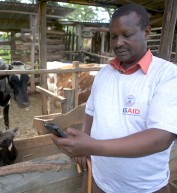
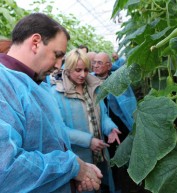
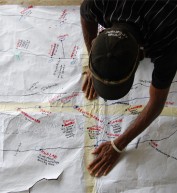
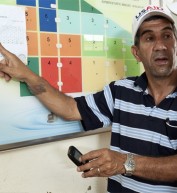

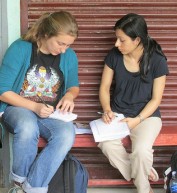
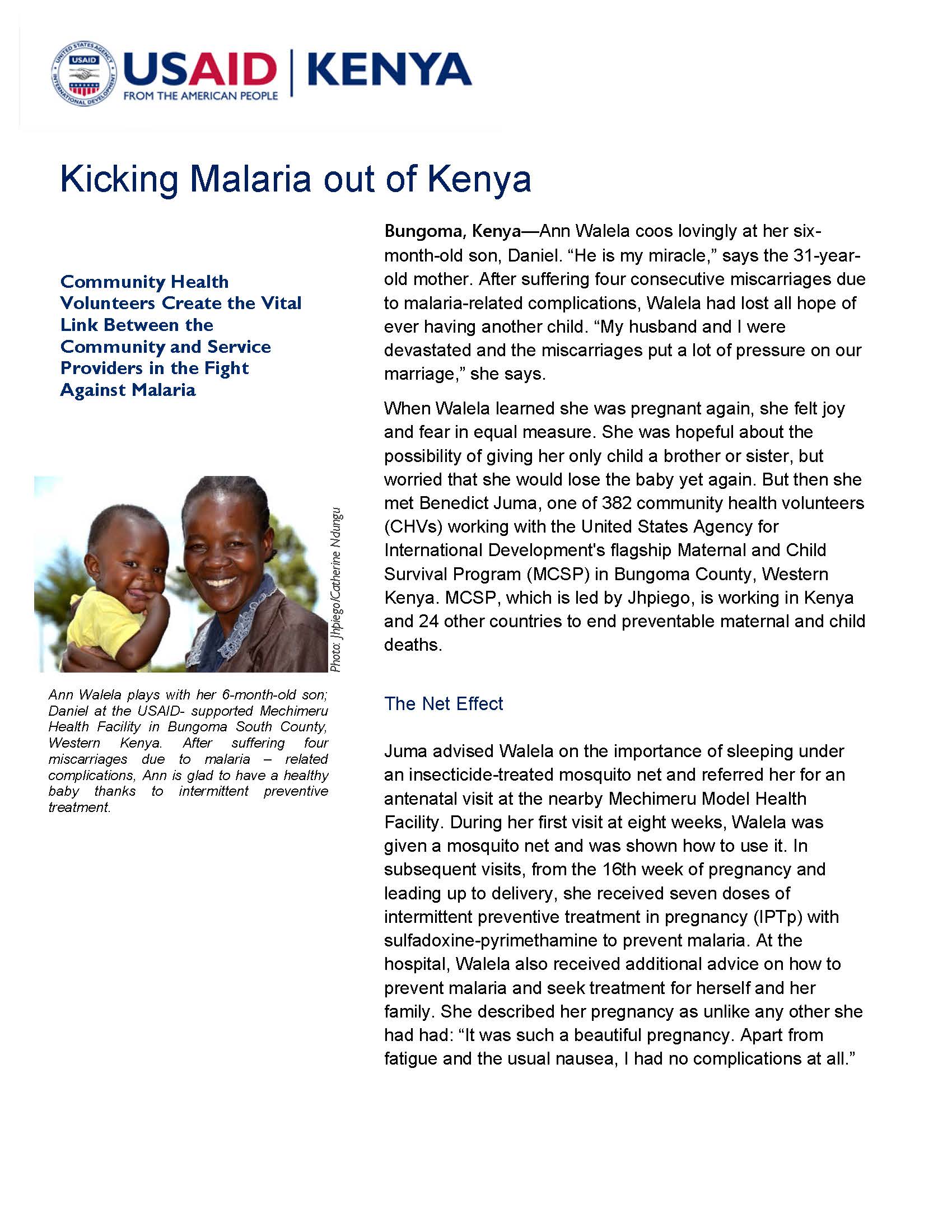
Comment
Make a general inquiry or suggest an improvement.